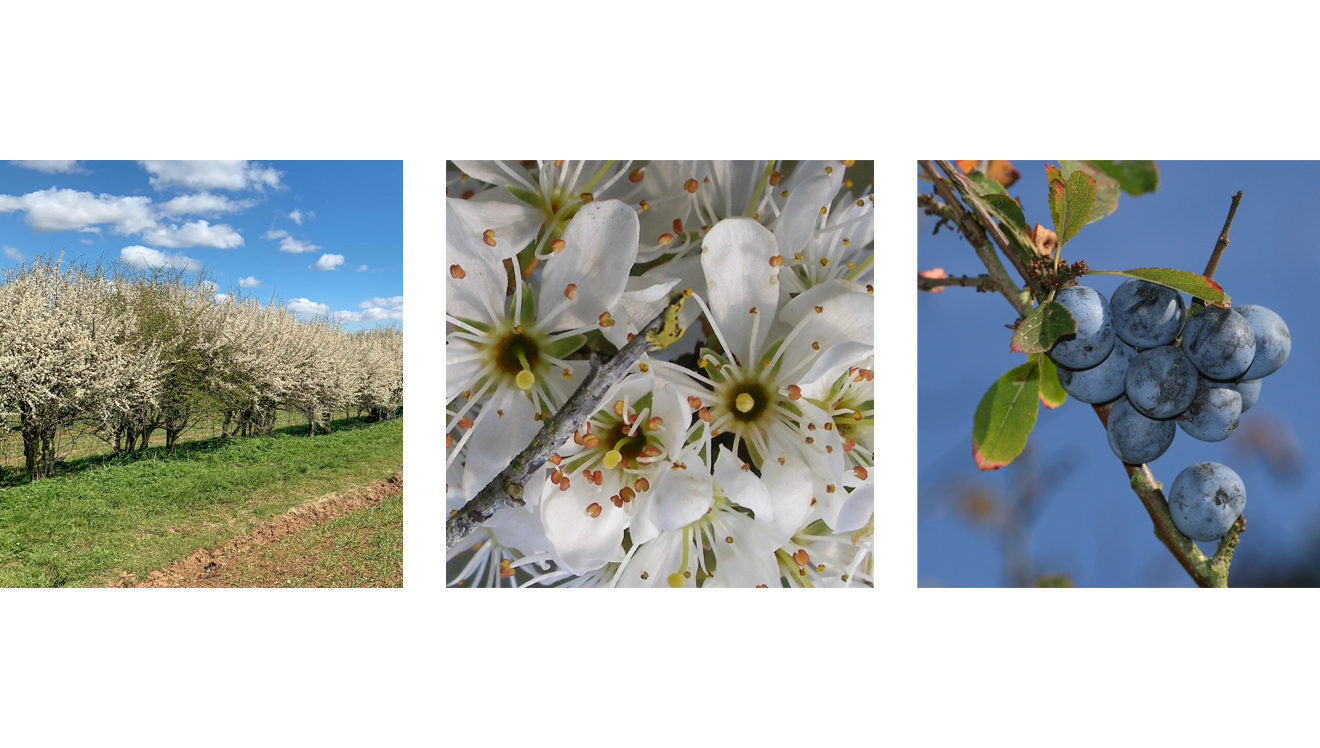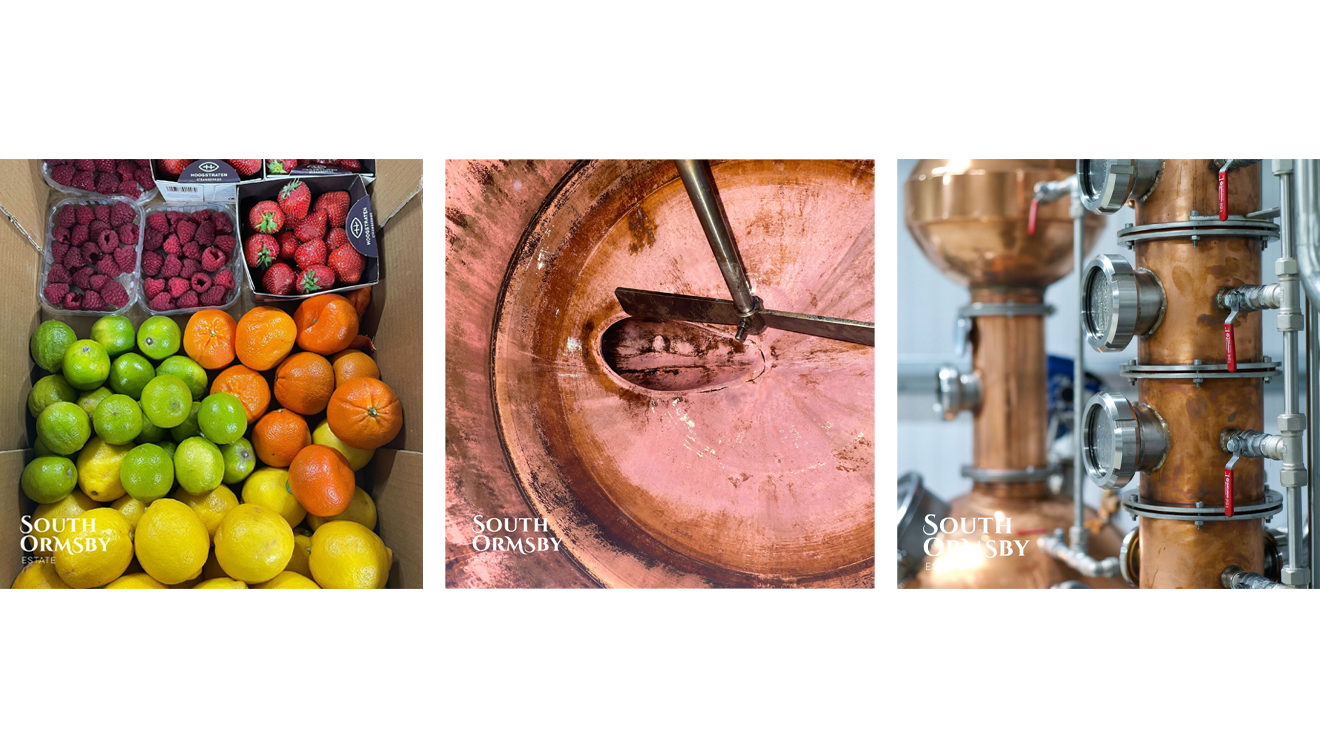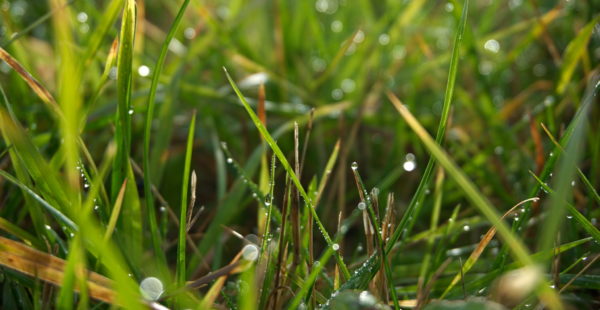A Week on the Estate: Frosty Spring, Blooming Blackthorns & Cleansing Lemons
The estate is looking resplendent in this cool, bright spring weather, but conditions are a tad challenging for our wildlife and livestock. Overnight frosts have been frequent and while the temperature seems set to rise next week, there’s no end in sight for the prolonged dry spell that’s left the land parched in places. Drought or deluge seems to be the new normal for Eastern England.
In the Walled Garden, the ground was warm enough to plant this season’s root vegetables. Supervised by one of our curious Lincolnshire Buff cockerels, we dug suitably deep and well separated rows and planted parsnips, onions, beetroot, carrots and potatoes.
Out and about, Estate Manager Paul Barnes photographed some magnificent blackthorns in full bloom. Our resident Master Distiller Tristan Jørgensen is thinking ahead to all the lovely sloes these trees will yield in the autumn.







